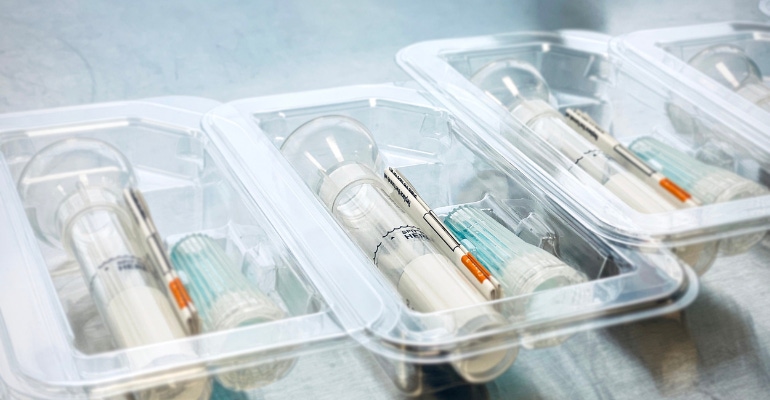January 27, 2021

Researchers at the University of California Los Angeles (UCLA) School of Dentistry are exploring the use of saliva in early lung cancer detection and analysis. Saliva is being looked at more closely than ever for its diagnostic possibilities, a trend somewhat driven by discoveries in testing for COVID-19.
Salt Lake City, UT-based Spectrum Solutions is sponsoring the study, which is expected to recruit 50 patients with lung cancer in an effort to validate saliva's tumor-specific ctDNA detection sensitivity and positive agreement against tissue biopsy-based genotyping. For the study, saliva will be collected, preserved, and transported for DNA testing using Spectrum’s Saliva Collection System. The company will further support the development of clinical methods and additional technical innovations.
David Wong, professor of oral biology at UCLA, is leading the research.
“Saliva-based liquid biopsy ctDNA detection can be used to not only provide an accurate cancer diagnosis, but additionally track the actionable mutations, monitor a response to treatments, and assess the emergence of drug resistance,” Wong said. “This study’s non-invasive use of saliva for the analysis of ctDNA will prove to overcome current limitations, provide procedures that improve detection sensitivity, and offer significant clinical impact on early detection, risk assessment, screening, diagnosis, and personalized/precision medicine.”
The researchers will compare saliva and plasma samples from non-small cell lung cancer patients to identify usctDNA molecules in saliva and use special extraction methods to improve overall sensitivity of current liquid biopsy procedures.
Saliva-based testing beyond cancer
Researchers have been showing a greater interest in the diagnostic possibilities of saliva. Last year, researchers set out to determine if saliva could be used to monitor glucose levels in patients with diabetes. That research was published in the journal PLOS ONE and involved partners at the Federal University of Uberlandia in Minas Gerais, Brazil, the University of Vale do Paraíba in Sao Paolo, Brazil, and the University of Saskatchewan in Canada.
Companies developing tests for the virus that causes COVID-19 also wanted to use saliva instead of a nasal sample to make sample collection easier for patients. In April FDA gave emergency use authorization to a saliva-based test developed by Rutgers' RUCDR Infinite Biologics and collaborators. The diagnostic uses saliva as the primary biomaterial to detect the SARS-CoV-2 coronavirus. Other COVID-19 saliva tests that won emergency use authorization from FDA included the SalivaDirect test, developed by researchers at the Yale School of Public Health.
Even before the pandemic, saliva was viewed as a promising option for disease detection. In 2018, Stanford researchers studied the possibility of simplifying HIV testing and boosting early detection rates through a saliva-based test.
About the Author(s)
You May Also Like




